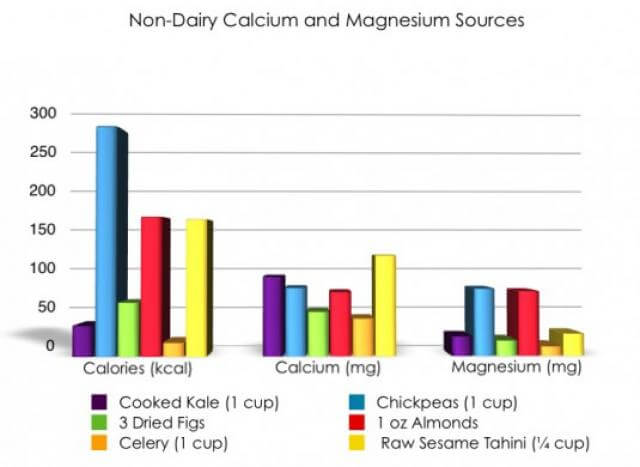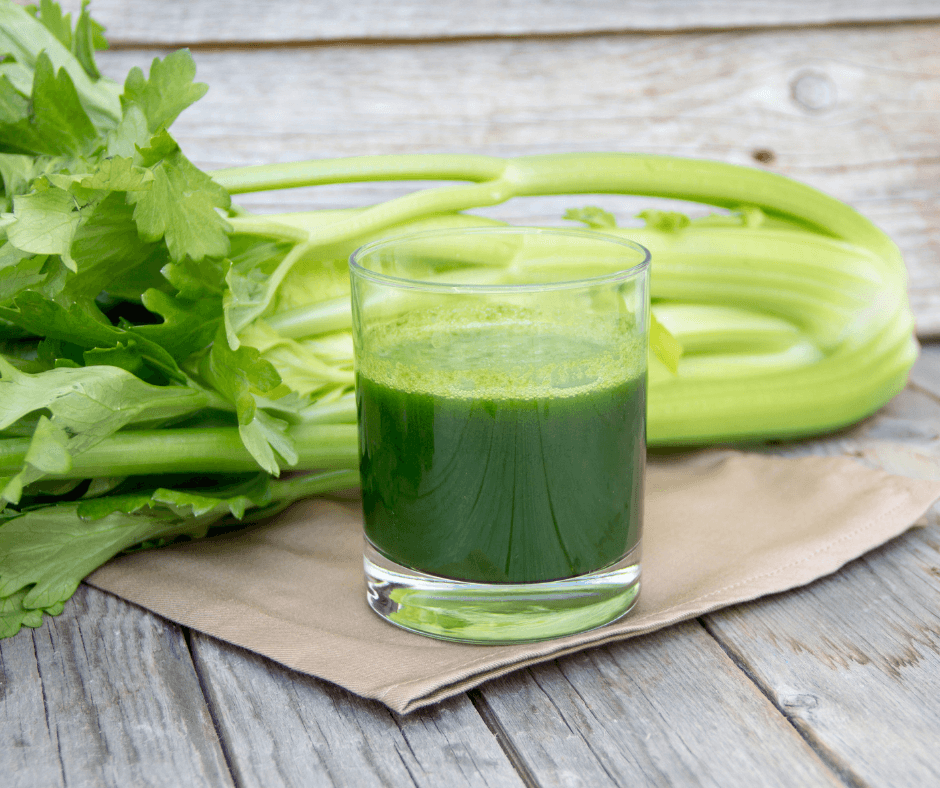Vegetarian Vitality: Maintaining Minerals
Our bodies are in a continuous state of renewal and decay. Maintaining an optimal intake of essential minerals is imperative to helping the body stay vital. Having recently watched the documentary, Forks over Knives, I was reminded of the common belief that consuming dairy products is the only way to maintain adequate calcium levels and therefore preserve bone health.
Fortunately, there are a multitude of good sources in the plant kingdom where calcium is found. Figs, kale, mustard greens, and sesame seeds are staples found in the “Mediterranean diet” which is from a region on Earth where osteoporosis rates are among the lowest in the world. Greens such as spinach and beet greens are also high in calcium; however, they also contain oxalic acid which can inhibit calcium absorption so can not be relied on as a source of calcium. The recommended daily intakes of calcium, the most prevalent mineral in our body, change as we move through the life cycles.
RDA Recommendations
In a yogic lifestyle we know that by eating consciously, we are able to provide our bodies with the necessary building blocks to age gracefully and with vibrant health. Formal recommendations or Recommended Daily Allowance (RDA) of minerals have undergone re-examination in recent years as we have expanded our understanding of the role of other trace minerals and vitamin D in bone health. The RDA is the average daily intake level that is sufficient to meet the needs of 97% of the population. I feel these values are the absolute minimum we should be consuming.
Recommended Dietary Allowances (RDAs) for Calcium
Male Female
0–6 months* 200 mg 200 mg
7–12 months* 260 mg 260 mg
1–3 years 700 mg 700 mg
4–8 years 1,000 mg 1,000 mg
9–13 years 1,300 mg 1,300 mg
14–18 years 1,300 mg 1,300 mg
19–50 years 1,000 mg 1,000 mg
51–70 years 1,000 mg 1,200 mg
71+ years 1,200 mg 1,200 mg
*Adequate Intake (AI)
Ayurvedic Tip: Chew on a teaspoon of black sesame seeds every day followed by a glass of water to strengthen the teeth and nourish the gums.

Micronutrients and Bone Health
When considering food as a fundamental part of our daily heath, it is thought provoking to consider that taking calcium in supplements does not give us the other beneficial nutrients like silica, magnesium, manganese, copper, selenium, iodine, and phosphorus that are needed for maintaining healthy bones. One study concluded that “bone loss” leading to osteoporosis in calcium-supplemented, older postmenopausal women can be further stopped by increases in trace mineral intake with calcium.
Consuming a diet with micronutrient dense food like tahini and greens can provide the essential resources for healthy bones. Routine weight bearing exercise, adequate vitamin D levels, abstaining from smoking or drinking, and robust digestion and assimilation of the food we eat are among other important aspects in maintaining healthy balance for our bones. If you are not able to meet these minimums as outlined, consider adding a dietary supplement.
Tip: 1 oz. of rice bran syrup a day for a non-diabetic woman over 18 can provide calcium and many other trace minerals.
Celery as a Micronutrient Resource
Celery is another wonderful resource for trace minerals. Eaten raw or steamed, it is a versatile addition to many recipes. Beware, however as it also falls among the “Dirty Dozen” of foods high in pesticides. The Environmental Working Group (EWG)is an organization that monitors pesticides in the food supply. Each year they alert consumers to the top twelve fruits and vegetables that have been found to be high in pesticides from conventional farming.
Organic celery is now readily found in the organic produce sections of large chain grocery stores and definitely worth the extra cost. Farmer’s Markets are another good resource for locally grown organic food. To find the farmer’s market nearest to you check out www.localharvest.org.
The ratio of nutrients to calories for one cup of raw celery is quite high with only 16 calories in 1 cup of raw celery. Very rich in alkaline organic sodium (not sodium chloride), it is characterized in Ayurveda as having an “Astringent” taste. Once ingested, celery works to support water balance in the body and functions to cleanse the mind and prepare for meditation.
No part of the stalk needs to be wasted as you can rub celery leaves over your cutting board to remove odors thus demonstrating that on many levels nature’s garden offers all that we need to be vibrant and healthy.
Tip: Celery is known as an alternative calming treatment for an active mind. Drinking eight ounces of celery juice before going to bed is suggested to assist in a good night’s rest.
Mineral-Balancing Cilantro, Celery, and Tahini Dressing
